July 29, 2020
Glen Assoun was innocent of murder, but he was having a hard time proving it.
With his long, dark hair and big, bushy beard, he paced in front of the jury in a Nova Scotia courtroom in August 1999, trying to convince them he didn’t rape the woman he was cross-examining. If he could show he was innocent of that crime, perhaps he could convince the jury he also hadn't murdered his wife.
Assoun, 43, was defending himself because he'd fired his court-appointed lawyer. He had a Grade 6 education.
He questioned the Crown witness, whom we’ll call Roberta (CBC isn't publishing her real name as she was the victim of a sexual assault). She had testified she was selling sex in Dartmouth on a cold, snowy night in March 1997 when a man picked her up and ended up torturing and raping her.
She told the court Glen Assoun was the man who raped her, and that during the encounter, he had boasted that he’d killed his common-law wife, Brenda Way.
“You also stated that the individual had a pair of sandals on, is that correct?” Assoun asked her on the stand.
Two sheriffs grabbed Assoun, clamped a hand over his mouth and dragged him past the jury and out of the courtroom.
“Yes,” Roberta answered.
“Sandals on. In the wintertime."
“Yes."
“Well, what would you say if I told you in March 1997, I did not live in Nova Scotia?”
The Crown objected.
Assoun had been living in and around Maple Ridge, B.C., when the woman was attacked — police have proof of this. But he hadn’t entered this proof as evidence, and therefore, as a lawyer, couldn't bring it up in a question.
Indeed, during the course of the trial, Assoun was interrupted hundreds of times by the Crown or the judge on such technical matters.
The judge sustained this objection.
“Leave the jury with the thought that the person wasn’t a very reliable witness,” Judge Suzanne Hood told Assoun. “That’s the objective of cross-examination. Not to get the witness to break down and say, ‘I’m lying.’ Maybe before I retire it will happen, but I haven’t seen it yet.”
“Well, I hope to get to the bottom of this before you retire, with all due respect,” said Assoun.
“I hope this trial will end before I retire,” she said with a chuckle.
Laughter spread through the courtroom. They adjourned. Assoun spent the night back in his cell.
The audio of the next day sounds like a 1940s radio drama. Assoun began by speaking directly to the jury. “Back in June, I told the court that I’m wrongfully imprisoned—”
“Nope,” the judge said loudly. “Mr. Assoun, you are not to address the jury.”
“There’s too much being hid from you that you—”
“No, you are not!” the judge shouted, turning to the sheriffs. “He needs to be taken out of the court.” Two sheriffs grabbed Assoun, clamped a hand over his mouth and dragged him past the jury and out of the courtroom.
“We will adjourn until Mr. Assoun is back in the courtroom,” the judge said quietly. “Sorry about that.”
LISTEN | In this episode of the podcast Dead Wrong, Glen Assoun defends himself in court:
A month later, in September 1999, Crown prosecutor Dan MacRury addressed the jury in a comfortable, confident tone, recapping what he had entered into evidence. Nine times, he rhetorically asked the jury if the case against Assoun was “coincidence or misfortune.”
He asked them to convict Assoun.
Assoun started his closing argument by recalling the moment he learned he was wanted for murder, and how he went directly to the B.C. police to turn himself in.
Again, the judge interceded. “Mr. Assoun, I’m sorry — it is not normal to interrupt somebody’s closing, but you’re giving evidence.”
Assoun looked at his notes. He’d scratched out everything he couldn’t say and struggled to find what he could.
“I am innocent. I’m not claiming to be no angel, because I’m not. I’ve made mistakes in my life, plenty of them. By God, I’m not no murderer,” he said to the jury. “My life is in each and every one of your hands. I ask you, please, please, make the right decision. I’m asking you please.”
Three days later, the jury convicted Assoun of second-degree murder. The judge asked him when he could schedule his sentencing hearing. Assoun spoke, but didn't answer that question.
“Well, I do wish to say it’s official that I’m wrongfully imprisoned right now,” he said. "The jury made a mistake."
Assoun went to prison, but that's not where the story ends. The CBC podcast Dead Wrong explores how an independent investigation using court and police records, legal documents and interviews revealed that his conviction rested largely on police bungling and cover-up, and may have allowed a serial murderer to kill again.
It certainly would not be the last time the world heard from Glen Assoun.
II.
Brenda Way lived a chaotic life full of daring, laughter and violence. Pretty and pale, she liked to wear her jet-black hair loose to her shoulders. Sometimes, she added a dash of red hair dye. She also had two tattoos: a flower on her chest and a butterfly on her back.
Although Way stood five feet tall in high heels and rarely weighed more than 100 pounds, people called her Pitbull. Some said it was because she had a pug nose. Others said it was her ferocity.
When she hung out with her friend Brenda Thompson, they often blasted Prince’s song Little Red Corvette. Something in the lyrics, about living much too fast while seeking a love that will last, resonated with Way.
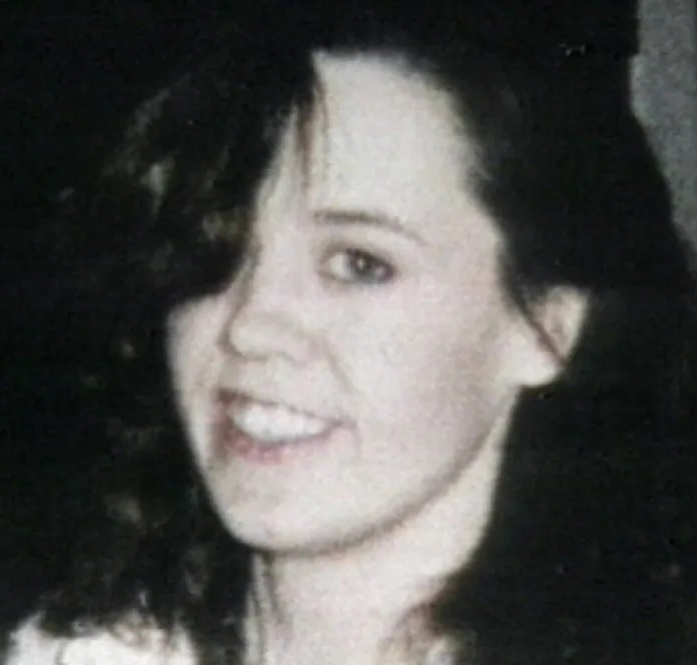
She had sold sex since she was 14. By 28, she had two kids and a drug habit. Most sex workers "strolled" in Halifax, but her independent spirit led her to pioneer a Dartmouth stroll on Albro Lake Road onto Windmill Road. Locals chased her away. Police would wait for a john to approach before blasting lights and sirens. But Way worked her stroll. After all, it was her neighbourhood, too.
Her pimp insisted she wear skimpy clothes and high heels, even in winter. One night in the mid-1990s, Thompson spotted her pregnant friend tottering on the stroll in high heels. Men would buy sex from a woman in comfortable footwear, Thompson insisted. The next time she saw her, Pitbull smiled and pointed to her sneakers.
After her pimp was put in jail in the early 1990s, Way got into a tempestuous three-year relationship with Glen Assoun. They lived as husband and wife — in Alberta for a bit, but mostly in Nova Scotia. She spent three months in jail for prostitution and moved into Assoun’s Fall River cottage when she got out. In 1994, they moved to Cape Breton to spend time with Assoun’s family. Way got clean.
In early 1995, they returned to Dartmouth. They lived in a camper van in Shubie Campground before renting a room in the Four Star Motel, which sat on Prince Albert Road, where the highways narrowed into residential streets. Way got back into drugs and selling sex and Assoun would cruise the Dartmouth streets, looking for her, telling her to come home. Sometimes he beat her up. She left him that July but still saw him occasionally.
LISTEN | This episode looks back at the life of Brenda Way:
In October, she told police Assoun had punched her in the face and thrown her on the bed.
“He asked me if I wanted to know what death felt like,” she wrote in her statement to police. “I am only a little woman. I am tired of the threats.”
Police charged Assoun with assault.
Remembrance Day 1995 started out ice cold but warmed up. It rained a little; the first snow had yet to fall. That evening, Way ran into her friend Linda Grandy while walking to a crack dealer’s house on Portland Street.
After she and Grandy parted, Way visited another friend around 2 a.m. and left at 4 a.m.
A taxi driver spotted her hitchhiking on Prince Albert Road near the Four Star Motel at 4:05 a.m., close to Lake Banook. On fine summer days, Lake Banook hosts the region's top paddlers as they train for the next Olympics. But as Way passed it, she would have seen a black void and felt a chilling wind.
Some people believe she had been heading to 109 Albro Lake Road, a low-rise apartment complex. If she'd gotten a lift right after the cabbie saw her, she could have made it there by about 4:13 a.m. If she walked, she would have arrived after 5 a.m. She may not have been headed to that address, but rather a nearby crackhouse. One witness said he saw her there at 5 a.m.
The autopsy would suggest Way's killer had used great violence to end her life.
A stout door guards the entrance at 109 Albro Lake Road. A narrow lane to the right of the small brick building leads to the rear parking lot. Foot-worn paths cut through the thick bushes to connect the parking lot to nearby buildings. Exactly 13 windows overlook the lot, but apparently no one heard or saw anything strange in the early hours of Nov. 12, 1995.
A woman passing by around 7 a.m. saw a woman’s body on the pavement and called police. Brenda Way was dead. Her clothes were partially ripped from her body and one black shoe was missing. The autopsy would suggest her killer had used great violence to end her life.
Michelle Patriquin, who teaches forensic sciences at St. Mary's University and recently reviewed the crime scene photos and autopsy reports, initially thought Way’s tank top was red. “We now know it was white and it's soaked in blood,” she told CBC.
Way’s attacker had ruptured her liver with such force that it looked more like damage from a car crash. Her jugular had been cut. Blood pooled and clotted under her neck. She had few defensive wounds, indicating Pitbull didn’t have much of a chance to fight back.
“It looks like a brutal attack,” Patriquin concluded.
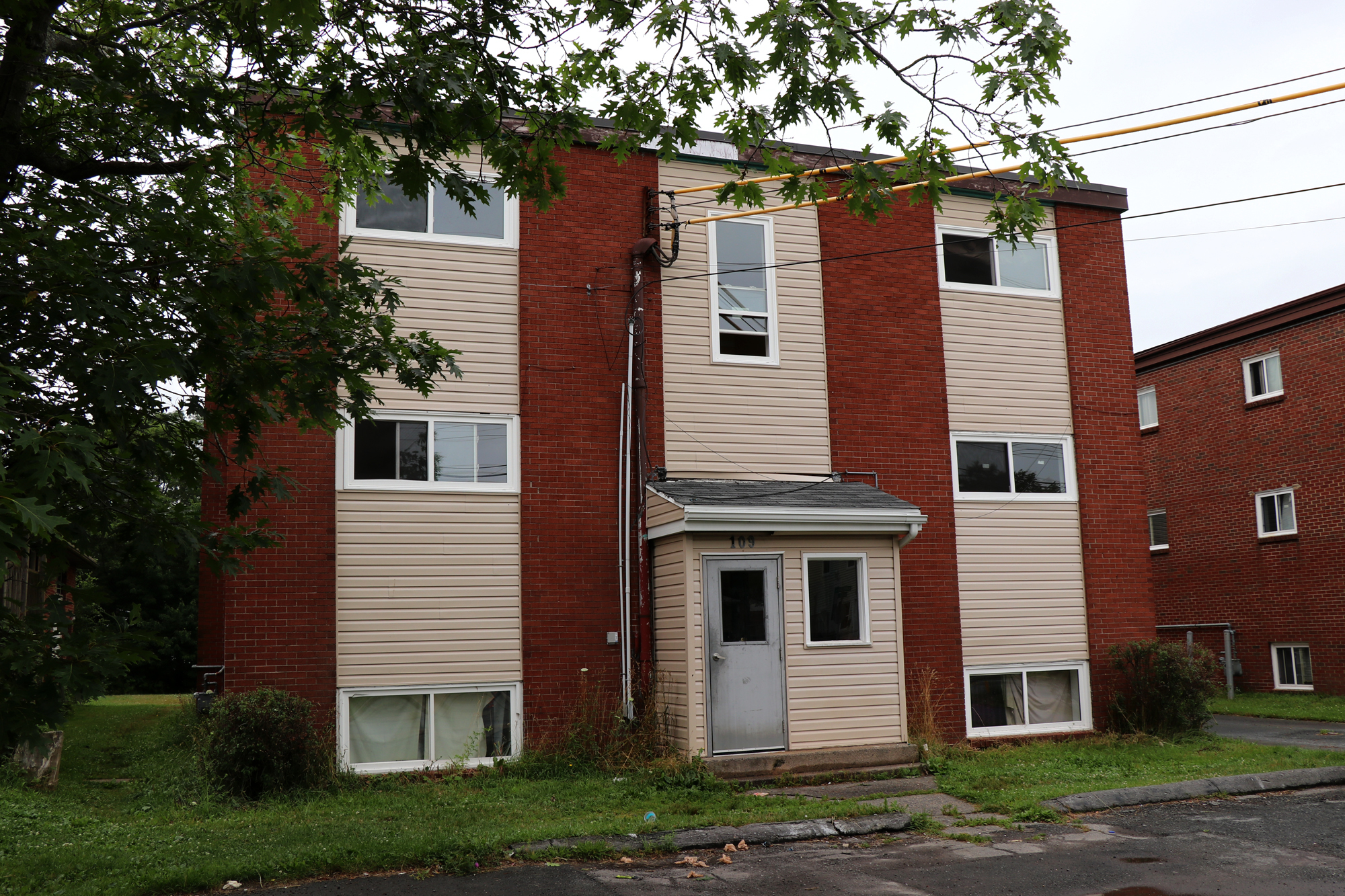
At the time of her death, Brenda Way was the 11th sex worker murdered in the Halifax-Dartmouth area in a decade.
Patriquin noticed that when Way was found, one hand was pointing towards one of the wooded paths. “I don't know if salvation was at the building, or if that was home, or what it was, but I'm definitely headed that direction,” Patriquin surmised.
David Way lived in that direction. Later that morning, he stood in the rain as police lifted a canvas and asked him if he could identify the dead woman. He could. It was his daughter.
David Way assumed Assoun had killed Brenda Way. So did Jane Downey, Brenda’s sister. So did lots of people.
But Assoun had an alibi: He’d moved out of the Four Star and in with a new woman, Ann Morse. He had spent the night with her. Morse had two roommates — a nurse and a taxi driver — who also told police Assoun had been in the apartment that night.
Police interviewed Assoun for an hour the day after the murder. He wrote a two-page statement on his relationship with Way. But they didn't hold him or follow up.
Assoun spent the next few weeks pounding the pavement, kicking down doors and roughing people up, looking for the person who had killed his wife.
Having had little success in finding the individual, in 1996, eight months after the murder, Assoun moved to Maple Ridge, B.C.
III.
On Sept. 6, 1996, Const. Dave MacDonald took over the Brenda Way murder investigation, and Assoun’s status as an innocent man began to unravel.
It started with a tip from Jane Downey, Way’s sister. Downey met a psychic in the summer of 1996, who told her Way had been murdered with a broken-tipped knife. Soon after, Downey walked through a path near the murder scene and found such a knife. She told MacDonald and he got an officer named Ken Bradley to photograph and process the knife. Bradley found no blood, DNA or fingerprints on it, but police treated it as the murder weapon.
In a separate but connected incident, on Nov. 23, 1996, a Halifax bridge commissioner spotted a running car parked under the Dartmouth side of the span. Inside, he found a dead man with his pants around his knees. The commissioner called police. An officer found a woman’s coat in the car and recognized it as belonging to a local sex worker named Margaret Robin Hartrick.
When the police brought her in, Hartrick admitted she’d been performing oral sex on the man when he had a heart attack; she panicked and fled. Then she told police she’d recently gone undercover as a sex worker to find Brenda Way’s killer. That wasn’t true — police could easily see Hartrick had been convicted of prostitution offences before Way’s death.
Then she shared another piece of dubious information about the case. Hartrick told officers she’d seen a red truck connected to Way's murder; when police asked for details, she admitted she’d only seen the truck in a psychic vision. When she started telling them about another vision, police kicked her out of the station.
As she was leaving, Hartrick said, “I guess it doesn’t matter that at 4:15 in the morning, Glen Assoun told me that he’d killed Brenda outside Linda Grandy’s apartment.”
“Is this a vision you had, or is this fact?” the officer asked.
“This is fact,” she said.
Police did not take a formal statement that night. Hartrick was later brought in for a videotaped interview. Someone forgot to press record, though. Hartrick went back to the streets and stayed off the police radar for a spell. Finally, 15 months after she first told police about the alleged confession to murder, police managed to videotape her claims about that night.

On it, she said she saw Assoun “coming up the walkway towards” 109 Albro Lake Road in the dusky hours of Nov. 12, 1995.
According to Hartrick, Assoun allegedly told her, “Well, she’s finally gone now. That’s the weight off my shoulders. She’s dead."
Hartrick told police she asked Assoun what time it was, prompting him to lift a shaky arm toward her so she could read his watch. It was 4:15 a.m. She saw no blood on him.
A few months after police videotaped Hartrick, someone brutally murdered her in the woods near a Dartmouth school. Police have never solved her murder but they used her recorded testimony as evidence against Assoun.
Other people started popping up with incriminating things to say about Assoun. One of his nephews was arrested for fraud in early 1997, and while in custody, he told Const. Dave MacDonald he'd heard his uncle confess to murder.
Incredibly, while the nephew was making his statement, his girlfriend turned up at the station with a friend. That friend suddenly divulged that Assoun had confessed to her, too, and told her the knife tip broke in the attack.
MacDonald questioned Ann Morse, Assoun’s roommate, and threatened to arrest her for accessory to murder. He took her to the police station and told her she might spend five years in prison. During the 11-hour interrogation, her story did not change: Assoun had been with her. The two other roommates corroborated the alibi.
Assoun's arrest made national news.
In April 1998, MacDonald issued a Canada-wide arrest warrant for Assoun, who was still in B.C. Assoun turned himself in to the B.C. police and was eventually returned to Nova Scotia to face the charge.
His arrest made national news. Roberta, the sex worker, was then living in Toronto and saw the coverage, and remembered that the man who raped her in March 1997 had confessed to murdering Brenda Way. Assoun looked like that man. She called police.
While Assoun was in jail in Halifax, another prisoner told MacDonald that Assoun had confessed to him that he’d murdered Brenda Way. It seemed as though Assoun couldn’t keep his mouth shut.
This was the evidence the Crown used to convict Assoun of second-degree murder. Just before Christmas 1999, he was sentenced to life with no chance of parole until 2017.

IV.
Assoun may have willingly turned himself into police to face the accusations but he was not willing to accept his fate. He kept protesting that he was innocent, even as he started serving his life sentence at New Brunswick's Dorchester Penitentiary, Canada’s second-oldest prison. He'd been in prison since his arrest but only started formally serving his sentence after his conviction.
When Assoun arrived, he saw thick stone walls, turrets and four guard towers wrapped in barbed wire. At first, he refused to unpack.
“I’m an innocent man. I’m not staying,” he told guards then.
Once he began his life sentence, Assoun wrote to Rubin “Hurricane” Carter, the head of Canada’s Association in Defence of the Wrongly Convicted (later called Innocence Canada). Carter, the American boxer wrongly convicted of murder in 1967, was the subject of a film starring Denzel Washington released in 1999, and lived in Toronto.
“I’m f--king innocent,” Assoun said and raged against the system that put him in prison.
Assoun's letter eventually found its way to Jerome Kennedy, a blunt and bearded Newfoundland lawyer. Kennedy walked into Assoun’s tiny prison cell and found the man sitting at his desk, sporting dark sunglasses.
“I’m f--king innocent,” Assoun said and raged against the system that put him in prison.
“Will you shut the f--k up?” Kennedy said. “I’m here to try to help you get a lawyer, because you obviously haven’t done a very good job.”
Kennedy and Assoun both told CBC they came close to having a fist fight inside a federal penitentiary that day, before Kennedy finally convinced Assoun to let him help.
Kennedy hired a private investigator and retired RCMP officer named Fred Fitzsimmons, who studied the police and Crown's theory of Brenda Way's murder. Fitzsimmons soon found holes.
A Crown witness put Way near the Four Star Motel at 4:05 a.m. on Nov. 12, 1995, and another Crown witness said Assoun confessed to murdering her at 4:15 a.m. Fitzsimmons showed Way could not have gotten to the murder scene and been killed in that time frame. Meanwhile, a third witness had reported seeing Way alive at 5 a.m. There was clearly a discrepancy.
Fitzsimmons eventually discovered that Halifax police had considered several other suspects but not pursued them. Most importantly, he discovered that on the night of Way’s murder, a serial killer was operating in her neighbourhood.
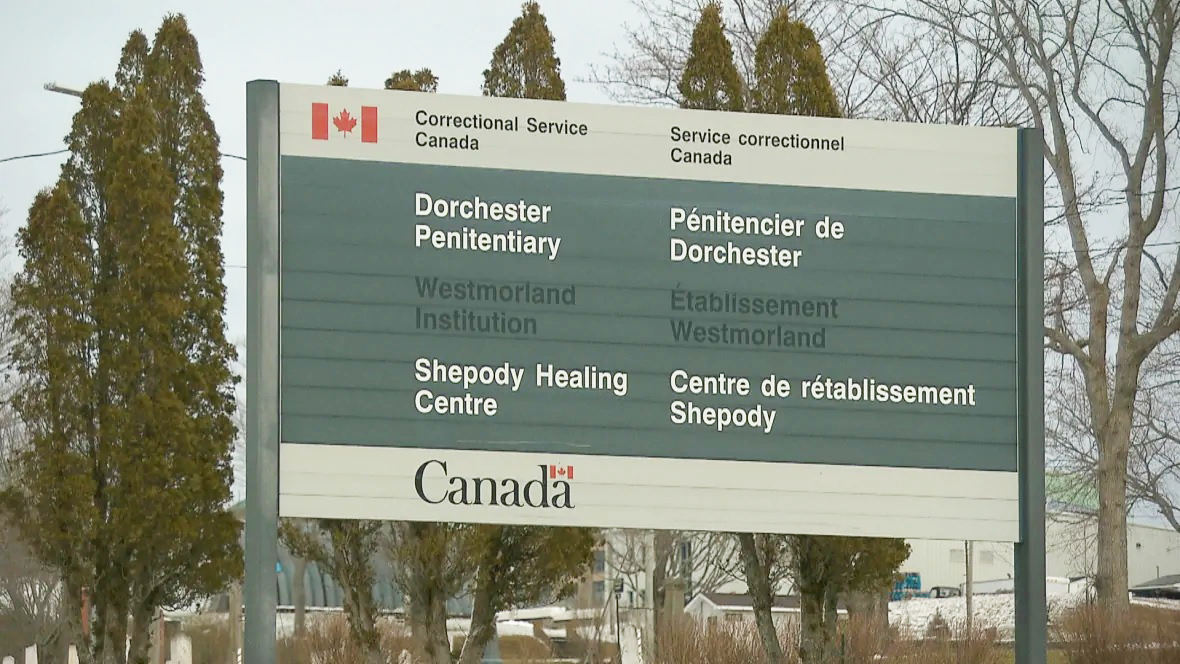
In 1998, Michael McGray was arrested for killing a New Brunswick woman and her 11-year-old daughter. While in custody, he confessed to murdering about 16 people, though he was eventually only convicted of seven. He told police he’d confess to his other murders if they agreed not to charge him or anybody else. Police would not make that deal.
McGray said he knew Brenda Way but wouldn’t say if he’d killed her.
McGray moved out of his Jackson Road apartment a day or two after Way died in November 1995, leaving his cat and furniture behind. Like Assoun, the bearded, burly man had long, dark hair. But he was a little taller and bigger than Assoun.
Fitzsimmons told CBC he took these findings to Frank Beazley, the chief of the Halifax police, and Crown lawyers, and told them Assoun did not kill Brenda Way. They countered that Assoun had been convicted, so he must be guilty.
In early 2003 and 2004, an RCMP officer named Dave Moore also investigated McGray's crimes. He’d been asked to mine data in the RCMP’s Violent Crime Linkage Analysis System, or Viclas, to find the serial killer’s other victims among the unsolved murders.
Moore's investigation revealed that McGray murdered people he barely knew, stabbing them to death where they stood and never hid the body. He often targeted vulnerable people — sex workers and gay men. He always left town within a day or two. Moore found several unsolved murders he attributed to McGray.
Then Moore decided to look at solved murders that fit McGray’s pattern. Viclas produced a name: Brenda Way.
In 2004, Moore updated his boss, Ken Bradley — the same Ken Bradley who five years earlier had offered expert testimony about the broken-tipped knife in Glen Assoun's murder trial. (Bradley and Assoun had clashed in the courtroom, as Assoun argued it couldn't have been the murder weapon, since the knife wasn’t even rusty, despite having lain in the grass for a year.)
He found his office had been ransacked and all of the evidence exonerating Assoun was gone.
Moore told CBC that Bradley told him if the court had convicted Assoun, that was good enough for him. Moore told Beazley that Bradley had a conflict of interest. The police chief said he couldn’t do anything about it.
In March 2004, Moore took a two-week vacation. When he returned, he found his office had been ransacked and all of the evidence exonerating Assoun was gone. He was also transferred off Viclas.
Moore confronted the man in charge of Viclas, Dan Tanner. “I don’t give a shit what you do with me,” Moore said he told him. “But there’s an innocent man in prison. What are you going to do about that? Glen Assoun is an innocent person. You know it, I know it.”
Moore said Tanner did not pursue the matter.
Kennedy, Assoun’s lawyer, had asked police to disclose their evidence in the Assoun case so he could file an appeal. But police did not tell him about Moore’s work, nor that the evidence had been destroyed. (RCMP didn’t tell anyone at all until a court order compelled them to in 2019. A spokesperson at that time denied they had covered anything up.)
In 2006, Assoun lost his appeal. Kennedy put Assoun’s case in bankers boxes and sent it to Innocence Canada’s Toronto office.
V.
Assoun often told a harrowing story from his time in prison. Back in 2000, he was given a "new" mattress, but it was stained with blood and feces. The prison guards refused to give him a clean one.
He went to the chapel and asked the prison chaplain to call the warden. The warden wasn’t available. Assoun then somehow managed to climb up inside the chapel's bell tower and kicked the bell into ringing. The prison was shut down and the warden came out to talk him down.
“I’m an innocent man. I want two things: I want a new mattress and a new trial,” Assoun hollered down. “I’m not coming down till I get them.”
He clung to the bell tower for 30 minutes, but it was slimy and hard to hold. Assoun later told CBC he feared he’d fall and die and be known forever as a convicted murderer, so he climbed down and was sent to the psych ward. He got a clean mattress but not a new trial.
LISTEN | In this episode, Glen Assoun describes his time in prison:
He told his lawyer that over the years, guards and inmates beat him up. He packed phone books under his coat so he wouldn’t be stabbed to death.
In his first years in prison, Assoun's children visited once or twice. He spent most of his time working in the boiler room, or alone in his cell. To Assoun, the hours lasted days, the days lasted weeks, the weeks lasted months and the years lasted decades. A decade lasted for eternity.

Not long after Assoun lost his appeal in 2006, an Innocence Canada lawyer named Sean MacDonald happened upon Jerome Kennedy’s summation of Assoun’s case. MacDonald tore through it like it was a John Grisham thriller, and grew certain Assoun was innocent.
He took the case to Assoun’s last hope: the federal Department of Justice's Criminal Conviction Review group, which considers potential miscarriages of justice and can recommend the justice minister order a new trial.
MacDonald got a critical break when he produced new evidence in an interview with Roberta, the woman who had been raped and beaten by a man who also allegedly confessed to killing Pitbull. Roberta told MacDonald her attacker said he lived on Jackson Road in Dartmouth. This was information she had not thought to share with police.
MacDonald knew Assoun never lived on Jackson Road — but Michael McGray had. Jackson Road runs parallel to Albro Lake Road, right behind the spot where Brenda Way was murdered.
MacDonald showed Roberta a photo of McGray. “It was him,” she said, crying.
MacDonald took his case to the Criminal Conviction Review group, where it was investigated by federal lawyer Mark Green. In August 2014, Green wrote, “My preliminary findings [are] that there may be a reasonable basis to conclude that a miscarriage of justice likely occurred.”
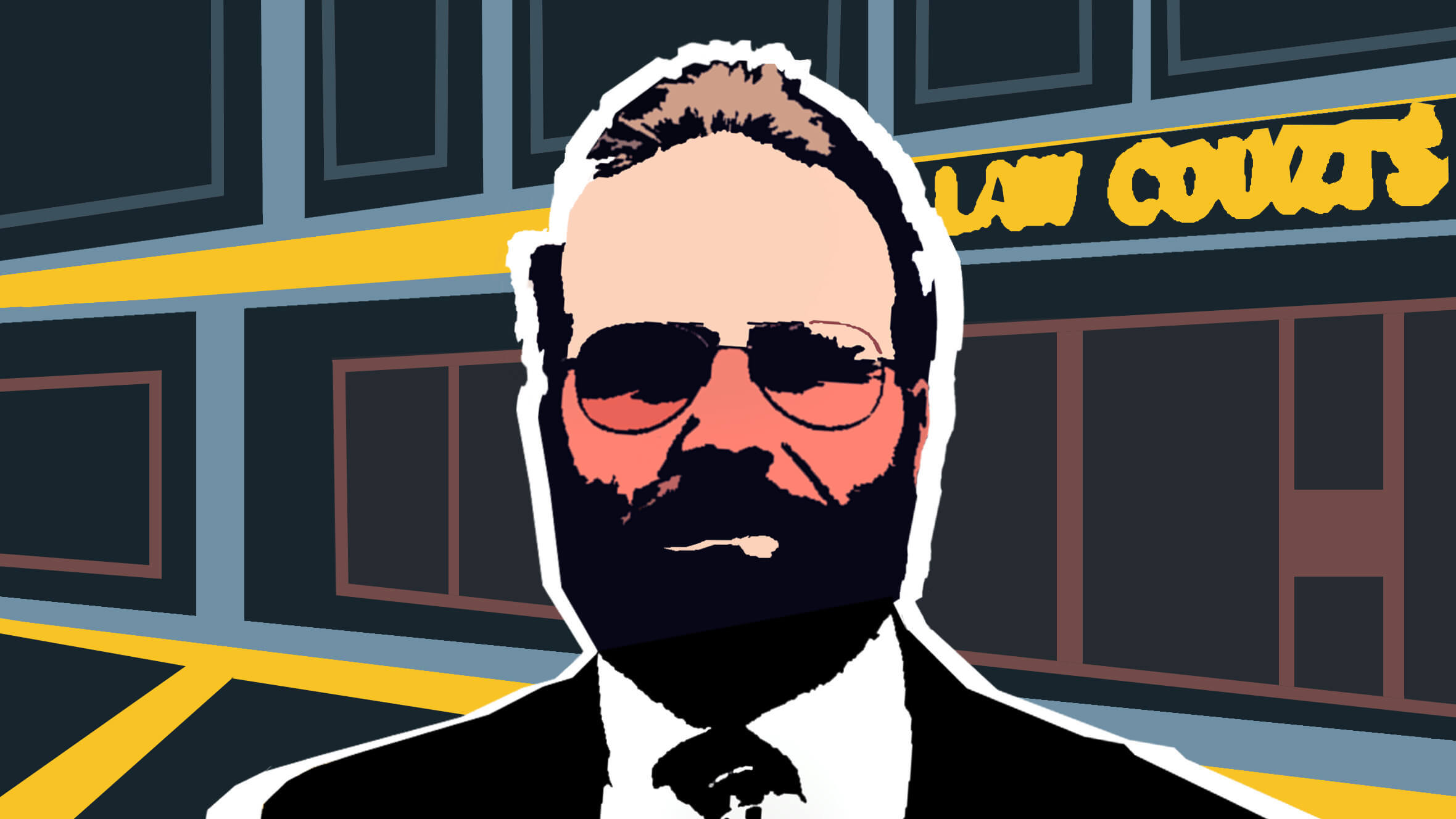
In November 2014, almost exactly 19 years after someone murdered Brenda Way, Nova Scotia Supreme Court Judge James Chipman released Assoun from prison — albeit under still fairly harsh conditions, including that Assoun live in B.C. and wear an ankle monitor at all times. He also had to buy the ankle monitor.
“I’m an innocent man,” Assoun said outside the courthouse in Halifax. “I lost my freedom and my liberty in this building for something I didn’t do. I came here today and I had my liberty restored. It’s a great day for me.”
He moved into a basement apartment in Maple Ridge, B.C., and covered the windows so no one could look at him.
Lawyer Sean MacDonald told CBC that, over the course of five years, he watched Assoun disintegrate to the point where talking to him was like interacting with a frightened, barely verbal boy.
“He was almost in the fetal position in the dark basement with no lights on,” MacDonald said.
VI.
In 2019, David Lametti became the new federal justice minister, and found that the Criminal Conviction Review group's 2014 recommendation that Assoun's conviction be quashed had not been addressed by the previous justice minister, Jody Wilson-Raybould.
Lametti quickly removed Assoun's conviction and ordered a new trial. It would be dramatically different from the 1999 trial.
Assoun entered the Halifax courthouse flanked by lawyers from Innocence Canada on a cold, windy day in March 2019. This time, he had an easy time proving his innocence.
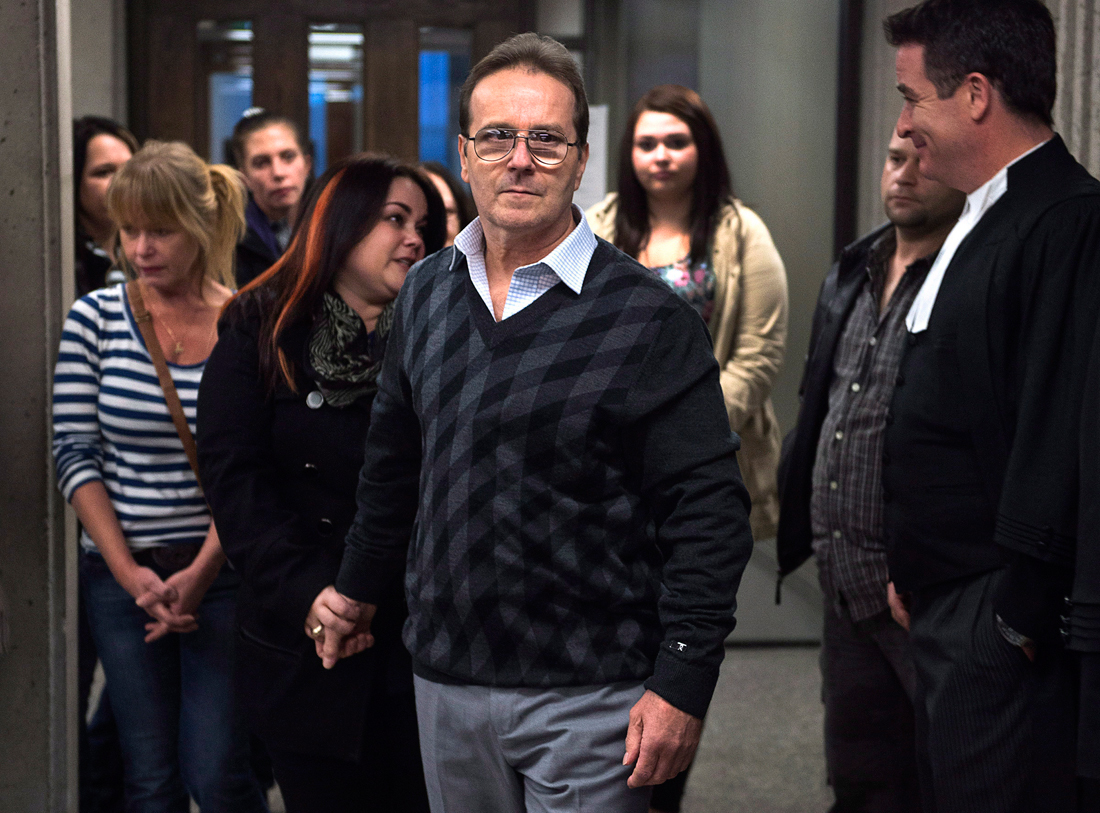
There was no jury — just a judge and the Crown prosecutor. Judge Hood had been retired for more than a year. All rose as Judge James Chipman entered.
Gone was Assoun's long black hair, the bushy black beard and the big dark sunglasses. At 63, he was a small, trim man, with short hair combed over a growing bald spot. He wore clear glasses this time and spoke quietly, calmly, delivering the same truth he’d been saying since he was 43: he did not kill his wife, Brenda Way.
Chipman told Assoun he was charged with second-degree murder and asked for his plea.
“Not guilty,” Assoun said.
Chipman turned to the Crown. The prosecutor said he wouldn't offer any evidence against Assoun. The judge dismissed the case.
"You kept the faith with your remarkable dignity," Chipman told Assoun. "You are to be commended for your courage and resilience. You are a free man. I sincerely wish you every success."
The whole trial took a few minutes. Assoun walked out of the court and into his family’s embrace.
"I finally proved my innocence in a court of law,” Assoun said to reporters gathered outside the courtroom. “Being locked behind the walls of a prison for something you didn’t do is devastating. It’s the worst thing that could ever happen to a human being. There isn’t anything worse that I know of.”
No police agency or prosecutor has ever acknowledged Assoun's innocence, much less apologized for wrongly imprisoning him.
Meanwhile, with Assoun's acquittal, Brenda Way's name was added to Halifax police’s pile of unsolved murders.
